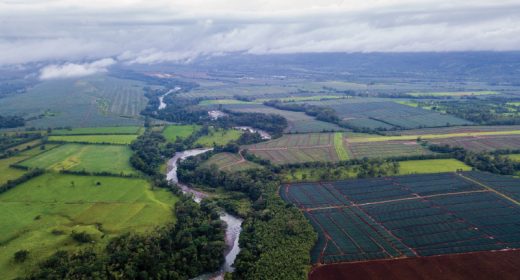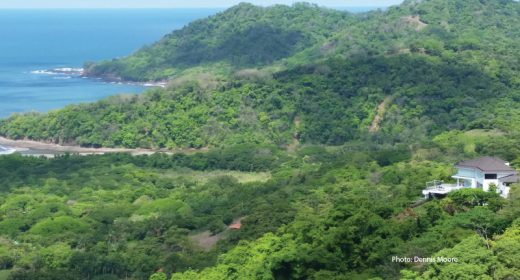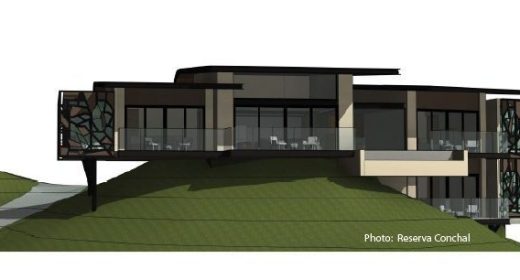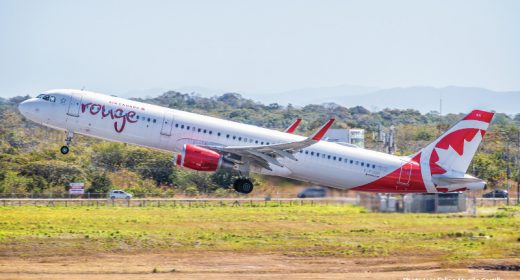
Surviving Costa Rica – San Jose
- MAY 04, 2017Warning: count(): Parameter must be an array or an object that implements Countable in /home/howlermag/public_html/old/wp-content/themes/new-paper/includes/general.php on line 193
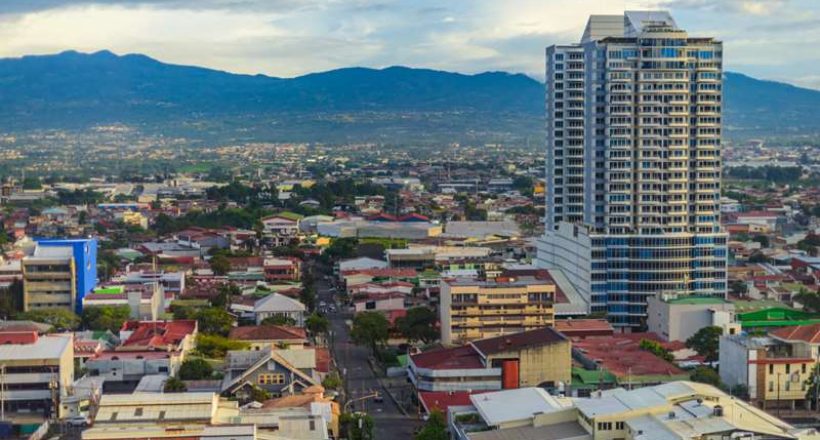
Your Lead Paragrpah goes here
[vc_row full_width=”full_width”][vc_column][vc_column_text] If you’ve finally made that momentous decision to live here in Costa Rica, it’s necessary to come to grips with needing to go to the country’s capital city of San Jose. Chances are you’ll be requiring something you just can’t find here in Guanacaste, like a garden hose that actually sprays or an electric appliance that doesn’t smell weird, or maybe you’ll be needing special services such as fingerprinting or emergency embassy visits.
You can only find them in San Jose.
Please don’t think that this is necessarily a bad thing and personally I look forward to what has turned into a monthly routine, especially in the hotter time of the year, (right now) when it’ll always be about twenty degrees (Fahrenheit) cooler there. And sometimes it’s just good to get away from Tamarindo for a few days.
According to my sources at WikiLeaks, the capital was first founded in 1739 and became the capital city in 1823. This may be so, but my impression is nobody really lived there til about 1890 or so when they started erecting buildings that are still standing.
Many years ago when the Spanish Conquistadors disappointingly discovered a lack of gold and indigenous personnel to turn into Catholics, a few colonists were left behind with assurances that “we’ll see you again in a couple of centuries”.
Most of them were stranded on the Caribbean side of the country where the beaches aren’t nearly as nice as those here on the Pacific Gold Coast and the mosquitos and various plagues were a much greater nuisance.
The colonists soon realized that the mountain plateau, which covered a large portion of the as-yet-unnamed country, was a much nicer place to be as well as a lot healthier.
[/vc_column_text][/vc_column][/vc_row][vc_row full_width=”full_width”][vc_column][vc_column_text] San Jose, at least in 2015, had a population of 333,981. This however doesn’t factor in the five adjoining provinces whose boundaries aren’t particularly well defined and the metropolitan area probably contains about two thirds of the entire country’s inhabitants. This becomes very evident if you have to drive there.
The drive to San Jose from our part of Costa Rica is usually about four and a half hours. Then again I know some people who claim to have done it in three hours, and after barely surviving a ride into town with them, I believe it. Others have left and have never been heard from again.
There are now two ways to get there after the thirty-year construction of the now not-so-new coastal toll road, (which incidentally is up to 2080 colones as of our last trip), and the older route, whose winding mountain two-lane highway is shared with huge tractor trailers driven by people with recently purchased driver’s licenses.
Don’t get me wrong, they’re on the coastal road too, but the highway is much straighter and the trucks are easier to dodge.
[/vc_column_text][/vc_column][/vc_row][vc_row full_width=”full_width”][vc_column][vc_column_text] Things have gotten a lot better for the average Tico and it shows with the number of new shiny Hyundais, Toyotas, Great Walls (China), and Mahindras (India) on the roads, not to mention more than a few BMWs. However they are all competing for space on a road system designed forty years ago that still includes special lanes for coffee mule carts.
Our plan is to drive opposite the flow, getting to San Jose right after morning rush hour and actually driving into town until about 3 pm-ish, after which time we use taxis or the public buses during rush hour, (hora de pita). Taxis and the buses take about the same time to reach a destination; the taxi will probably cost ten dollars and the bus maybe forty cents. You do the math.
San Jose is not exactly a tourist destination but we always find something to do after spending the day dashing from one spending location to another.
Susan and I usually head for a restaurant, some of which we’ve been going to for years and others that are still new to us. Just within walking distance of our hotel is the Peruvian Restaurant Machu Pichu, where we’ve been getting our anticuchos (marinated beef hearts) and Pisco Sours (very strong) for about fifteen years and right down the street is a Lebanese place where you dine on a couch and sample very un Middle-Eastern margaritas that are almost as good as the ones at El Fogon de Brazil.
For the purist there are plenty of “Costa Rican” restaurants serving a variety of dishes all of which include black beans and rice.
So my advice to any person contemplating living in Costa Rica is: embrace the capital as a not-so-necessary evil. Enjoy it while you’re there and try to get back to Tamarindo in one piece.
[/vc_column_text][/vc_column][/vc_row]





